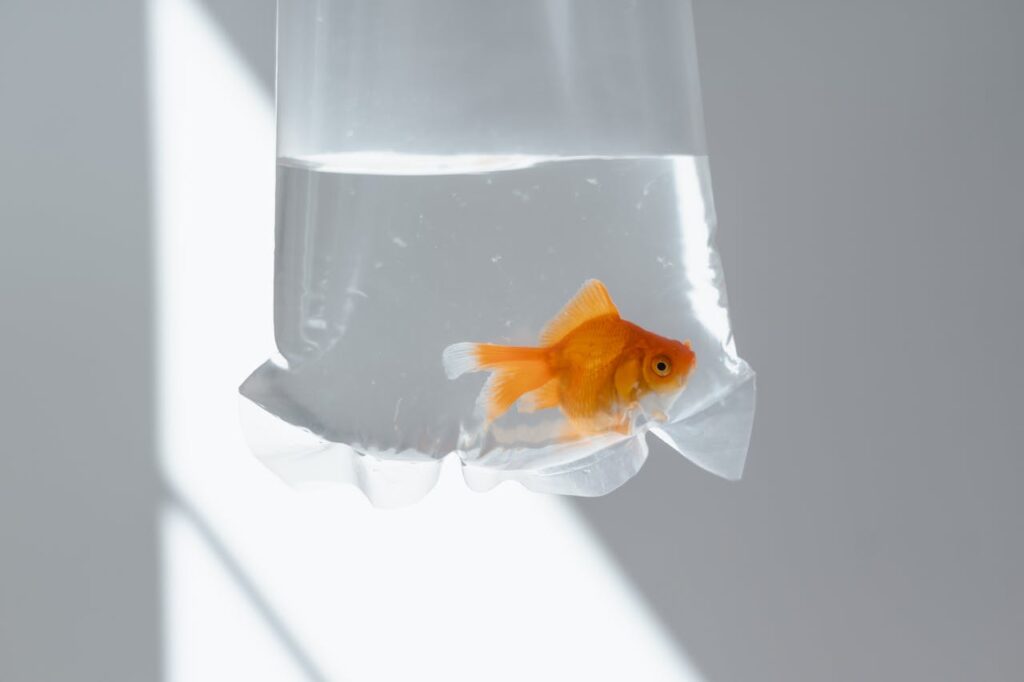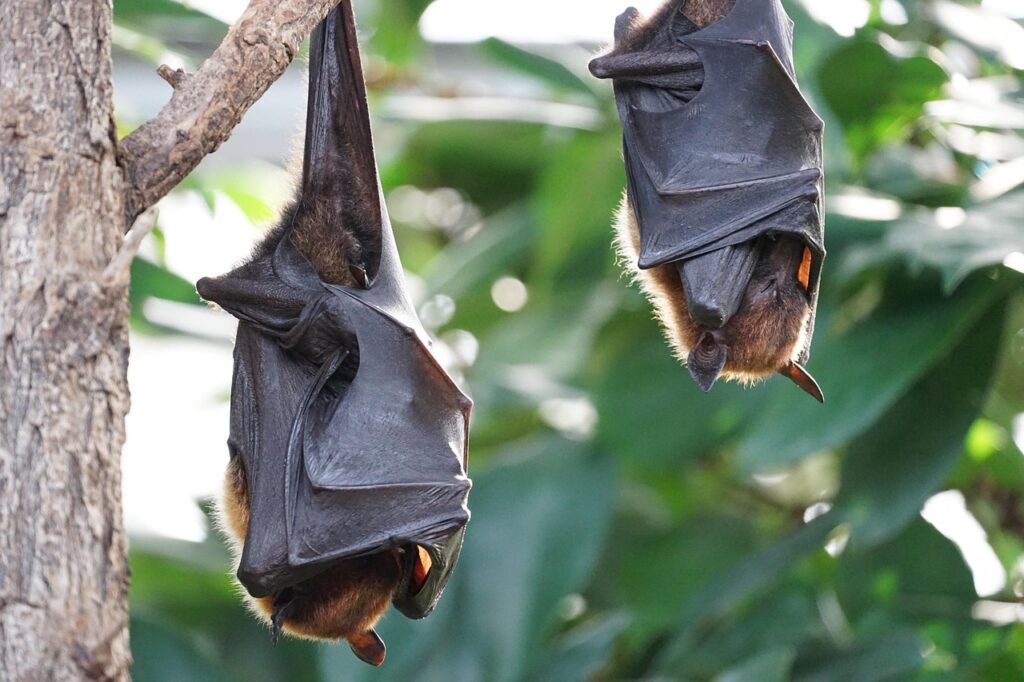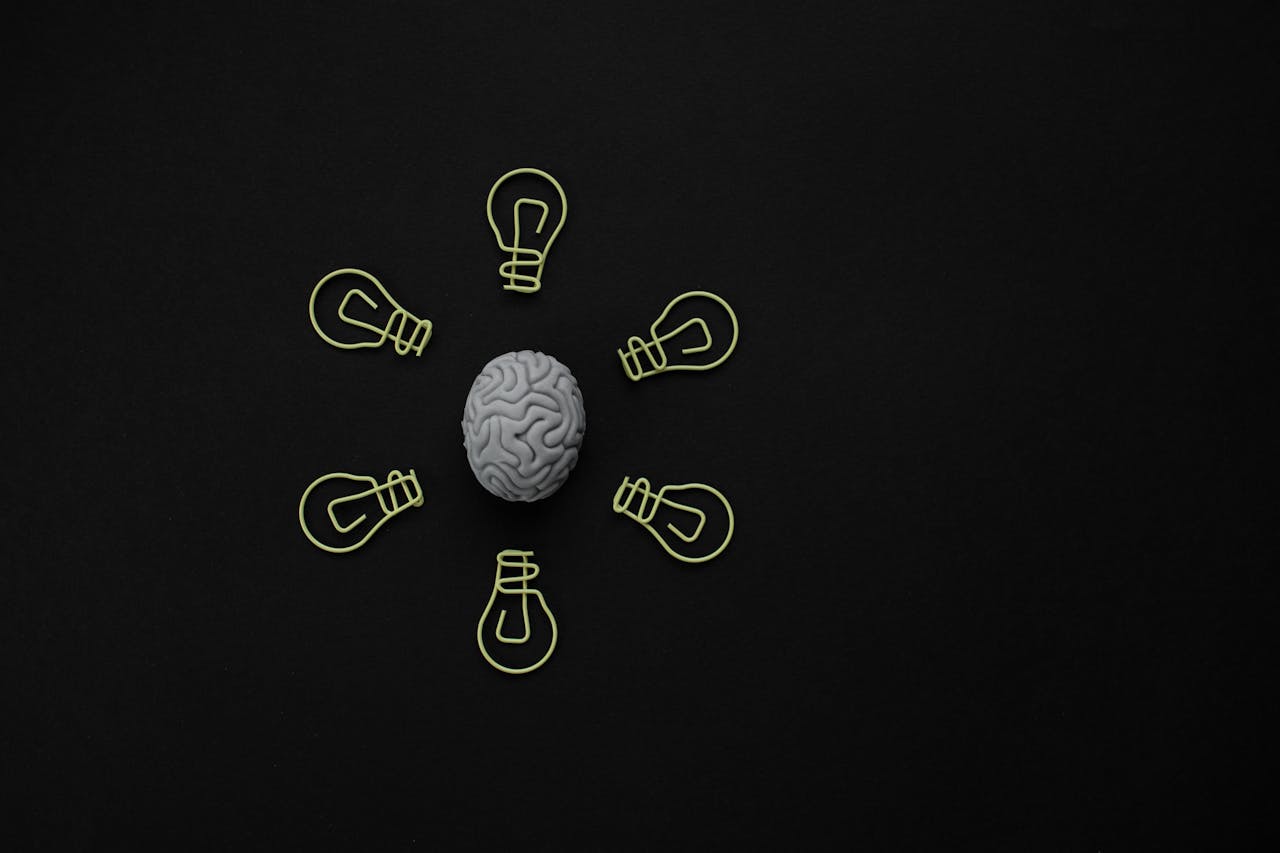Some “facts” just stick in our heads, usually because we heard them in school, saw them online, or someone said them with confidence. But a lot of what we think we know about science is outdated, misunderstood, or just plain wrong. These myths sound true enough to pass, which is why they keep getting repeated. Ready to let go of some science fiction disguised as fact? Here are 10 scientific myths you’ve probably believed without even realizing it.
1. We only use 10% of our brains

It sounds like a motivational line from a sci-fi movie, but it’s completely false. Brain scans show that we use all parts of our brain, just not all at once. Different areas light up depending on what we’re doing, thinking, moving, remembering, etc. The 10% myth probably stuck around because it makes people feel like they have hidden potential. But the truth? Your brain is already doing way more than you give it credit for.
2. Lightning never strikes the same place twice

This one’s dramatic, but wrong. Lightning can and often does strike the same place multiple times, especially tall or metal structures. The Empire State Building gets hit around 20 to 25 times per year! Lightning is all about finding the fastest path to the ground, not variety. So if you’re in a storm, avoid high places, even if they’ve been hit before. Nature doesn’t keep a checklist of where it’s already been.
3. Goldfish have a three-second memory

Poor goldfish, people have been calling them forgetful for years. In reality, goldfish can remember things for weeks, even months. They can learn tricks, recognize feeding times, and even respond to music. Scientists have tested this with mazes and feeding cues. The “three-second memory” myth probably stuck because, well, goldfish don’t look all that bright. But they’re smarter than we’ve given them credit for, especially for pets that swim in circles all day.
4. The Great Wall of China is visible from space

This fact shows up in textbooks and trivia games, but it’s just not true. The Great Wall is long, but it’s also narrow and blends in with the natural landscape. Astronauts say it’s almost impossible to spot with the naked eye from space. You can see city lights, large airports, and major roads more clearly than the Wall. It’s still impressive, just not quite the space-visible monument it’s been made out to be.
5. Dropping a penny from a skyscraper could kill someone

Sounds dramatic, right? But no, a penny dropped from a tall building won’t turn into a deadly bullet. Because it’s flat and lightweight, air resistance slows it down before it gains enough speed to do serious harm. It might sting, but it won’t embed itself in someone’s head. The myth comes from the idea that gravity alone can turn anything into a weapon, but physics (and the penny’s size) say otherwise.
6. Bats are blind

We’ve all heard the phrase “blind as a bat”, but it’s not accurate. Bats have decent eyesight and can see in low light better than humans. What makes them seem “blind” is their use of echolocation. They emit sounds that bounce off objects, helping them navigate in total darkness. So yes, they can “see” with sound, but that doesn’t mean their eyes don’t work. Some bats rely on vision just as much.
7. Hair and nails keep growing after death

Creepy, but false. After someone dies, their hair and nails appear to grow, but it’s really just the skin shrinking. As the body dehydrates, the skin pulls back, giving the illusion of longer hair or nails. The myth probably comes from how unsettling the change looks. But biologically, growth stops when the body does. There’s no secret post-death hair salon happening; it’s just nature doing what it does during the decomposition process.
8. You can balance an egg only on the equinox

Every March and September, someone says, “You can balance an egg today because it’s the equinox.” The truth? You can balance an egg any day of the year, if you have patience and a steady hand. The equinox has nothing to do with gravity changing. The myth likely caught on because it’s fun to try, and the timing feels magical. But science says it’s about surface friction and practice, not planetary alignment.
9. Sugar makes kids hyper

Ask any parent, and they’ll probably swear sugar turns kids into wild animals. But research says otherwise. Multiple studies have found no strong link between sugar and hyperactivity. The real reason might be the setting, parties, holidays, and special events usually involve sweets and high energy. It’s more about excitement than ingredients. So while too much sugar isn’t great for your body, it doesn’t directly send your brain into overdrive.
10. Cracking your knuckles causes arthritis

This myth has been around forever, and it’s still wrong. Cracking your knuckles doesn’t cause arthritis. The popping sound comes from gas bubbles in your joints, not bone damage. Several studies have shown no connection between the habit and joint disease. It might annoy the people around you, but it’s not ruining your fingers. If you feel pain when you crack, that’s a different story, but the cracking alone won’t send you to the doctor.


